Repeating the Mistakes of Underground to Canada: Examining my own Biases

While I was in middle school, I only read one novel with Black characters for language arts class: Underground to Canada. This novel told the story of four Black people escaping from slavery using the Underground Railroad. In retrospect, it seems odd that a book written by a white author was so widely used to teach about racism and the historical experiences of Black people in America. I cannot remember studying a single Black author in grade school (or an Indigenous author, or any other writer of colour for that matter). This is obviously problematic.
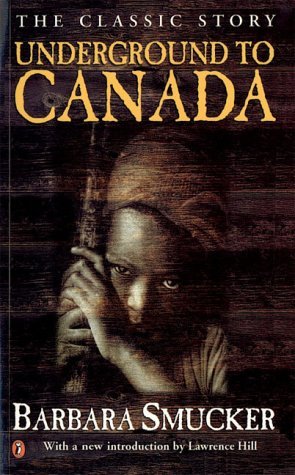
That was more than two decades ago. I currently teach at the middle school I used to attend. The text sets of Underground to Canada now sit on a shelf in our book room, abandoned for other titles that explore issues of identity, courage and human rights. However, a closer look at these titles reveals that some things have not changed nearly enough.
The year after I studied Underground to Canada, a complaint was filed against the book in Manitoba. The chief objection was the use of racist slurs in the book, which are demeaning to Black students and made many feel uncomfortable and unsafe. A group in Nova Scotia also complained in 2002 that the book treated slavery too lightly. Proponents of the books argued that the language is historically accurate and the book was a valuable teaching tool about prejudice and racism. Author Lawrence Hill wrote that while it treated slavery more lightly, it was still useful to help children understand the situation.
In my school, the book continued to be taught for some time. As a new teacher I used it, until I moved on to literature circle units instead. The book was written by a white woman, and certain narrative tropes are present that would be appealing to a white audience and the predominantly white teachers using it. There is a white saviour narrative strung throughout the piece, as the slaves are saved and helped by benevolent white characters. If we contrast Underground to Canada with The Underground Railroad, a novel by Colson Whitehead, a Black author, the white saviour narrative is notably missing and more time is spent critiquing historical and modern day racist structures in America.
Along with the white saviour narrative, Underground to Canada also plays into the myth of Canada as a multicultural nation of tolerance and acceptance. Canada is presented as a promised land of freedom. While there is some mention that Canada is not as good as they were expecting, more attention could be paid to the discrimination Black refugees faced in Canada after escaping from slavery. This narrative allows Canadians to feel good about Canada's supposed history as a tolerant multicultural mosaic, without leaving room to examine our own history of racism.
While I have left Underground to Canada behind, I am discovering that I have made similar errors when selecting books for my students to study. One unit I teach is a Human Rights Literature Circle, which was originally aimed at exploring human rights issues from around the world. While some of the books have Black protagonists, most of the authors are white and North American. Considering they are writing about young people in countries like Uganda or Malawi, I wonder what kind of gaps in understanding are found in their writing? How might an author from Uganda or Malawi explain the situation differently?
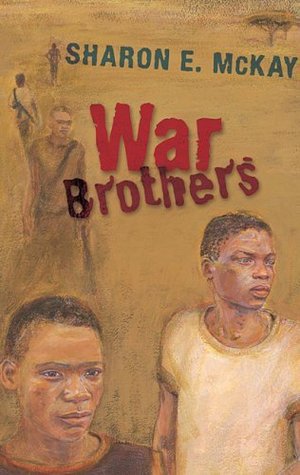
As an example, one of the more popular books in the literature circle is War Brothers, by Sharon E. McKay. It is about boys who are kidnapped to become child soldiers in Uganda. If we contrast this text with A Long Way Gone, a memoir by Ishmael Beah about his time as a child soldier in Sierra Leone, what differences can be noticed? While the two books cover the same ground, A Long Way Gone is more realistic and grimmer in covering the horrors of war for children. War Brothers is written with young people in mind, so it plays to certain literary conventions, like the happy ending. In the conclusion to A Long Way Gone, we know that while Ishmael Beah has undergone rehabilitation, his way forward will still be rocky.
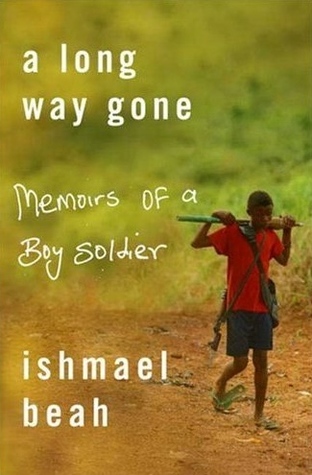
While I have used excerpts of A Long Way Gone as a read aloud, I have always opted to use War Brothers in the unit itself. However, in doing so, am I opting for a more sanitized, lighter version of events? Is this similar to how people viewed Underground to Canada as a lighter take on slavery? A book about a serious subject, but that doesn't get too upsetting (for white audiences at least), and comes with a happy ending. I can do better and need to start investigating new titles by authors with greater proximity to the communities they write about. This will start with revisiting The Bite of the Mango, a book by Mariatu Kamara about her experiences as a girl in Sierra Leone. While other teachers use this book, I had rejected it previously, considering it too graphic. I need to reconsider this decision and ask myself why I felt more comfortable with a white author's interpretation of child soldiers than a Black author's personal account.
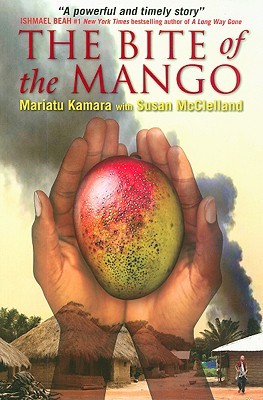
In considering the titles found in the human rights unit, I am also guilty of leaning on the narrative that portrays Canada as a tolerant multicultural nation. Nearly all of the books are set outside of North America. Students study topics like child soldiers in Uganda, AIDS discrimination in Malawi, and child labour and drug trafficking in Bolivia. These are problems, but if the only human rights issues students study are found in Asia, Africa, or South America, it gives the impression that human rights issues are distant and not found in our own country. Canada has its own share of human rights abuses and greater attention to these are essential. I would like to find a book set in Canada about anti-Black racism, but have not been able to track down any titles yet. In place of that for now, I have ordered Ghost Boys, by Jewell Parker Rhodes. While it is set in America, it's focus on anti-Black racism is relevant here too. In the mean time, I will keep looking for titles set in Canada.
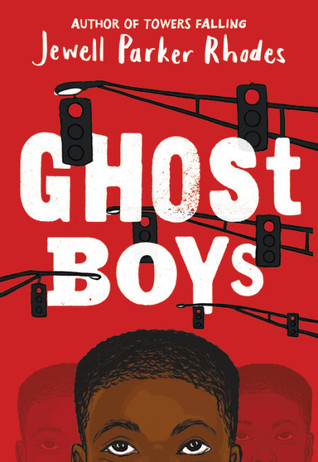
There is minimal representation of Black characters in our other literature circles on the themes of identity and heroic journeys. As it stands now, my students will exit grade seven having read maybe a book about Black people dealing with human rights abuses in other parts of the world. What does this teach students about Black lives and experiences if these are the only stories they read in my class?
Author Nic Stone has written an article where she questions the lack of representation of Black lives in the fiction students read. She notes:
But I can’t help but wonder how different the world would look if we’d all grown up seeing Black people do the stuff white people did in books. Going on adventures. Saving the day. Falling in love. Solving mysteries. Dealing with a broken heart. Getting caught up in a riveting love triangle. Taking down oppressive regimes... What if we’d seen Black people in books just being human?
We should be teaching about racism in our classes and including books about racism in our classroom libraries. However, these shouldn't be the only stories that are told about Black people. For this reason, I need to look for the gaps that exist in my classroom library, in the book recommendations I give and in my literature circle text sets. Where is representation lacking? What #OwnVoices texts can I recommend? How can I do better?
However, doing better isn't just about the books I use. I need to examine my own biases and ask myself critical questions. Why do these gaps exist? Why have I been more likely to choose books by white authors? What do these choices say about my own internal biases? And crucially, how do these biases affect my actions or my classroom in ways I don't recognize or have not been willing to acknowledge? These are the more difficult questions, but also the more important ones.
